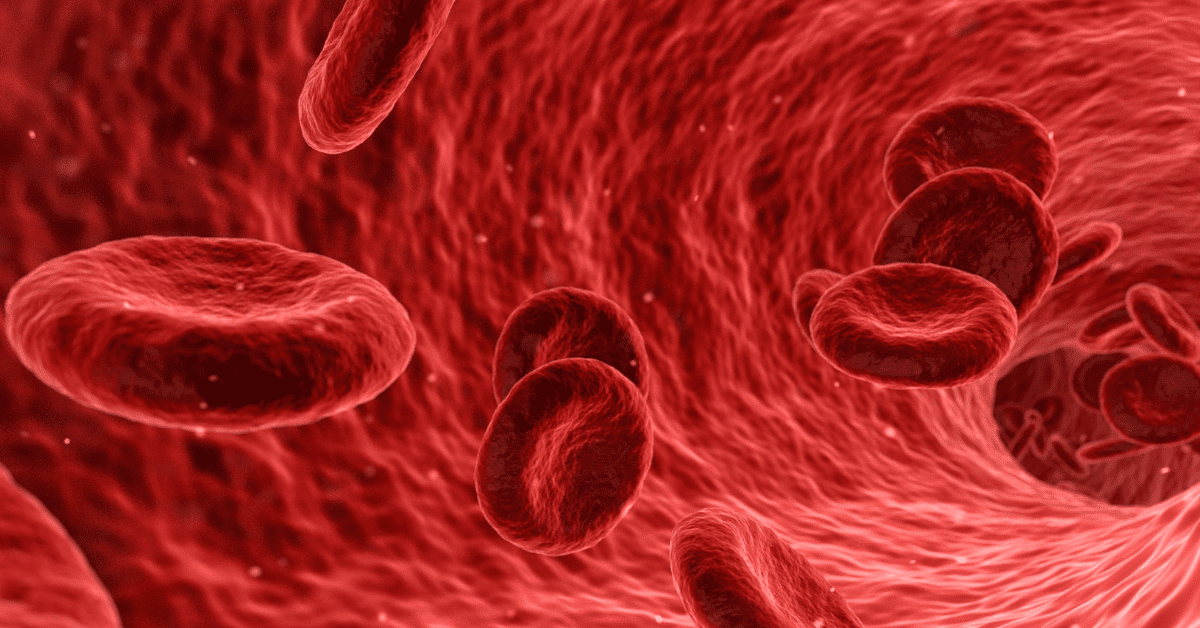- Your cart is empty
- Continue Shopping
AB Human Serum 101: A Comprehensive Introduction for Researchers

AB Human Serum 101: A Comprehensive Introduction for Researchers
- Atlantis Bioscience
- Blog
- Reading Time: 3 minutes
Table of Contents
- Significance of Blood Type AB in Bioscience Research
- Why is Human Serum from Male Donors Preferred?
- Plasma-Derived vs Off-the-Clot Human AB Serum
- Human AB Serum: A Better Alternative to Fetal Bovine Serum in Cell Culture
- Screening and Quality Control of Human AB Serum
- Batch-to-Batch Variability of Human AB Serum
- Human AB Serum Applications in Bioscience Research
Human AB Serum, also recognized as AB plasma or AB blood type serum, constitutes a vital blood component obtained from individuals with blood type AB. The primary constituents of human blood encompass red blood cells, white blood cells, platelets, and plasma, with plasma accounting for 55% of the total blood volume. Plasma, a clear, yellow-tinted fluid, serves as the precursor from which serum can be isolated.
Human plasma and serum share many similarities, differing primarily in the presence of clotting factors. These factors, particularly fibrinogen, play a pivotal role in the blood clotting process. In the laboratory separation of human serum and plasma from whole blood, plasma retains fibrinogen, while serum does not. Although the human serum lacks fibrinogen and does not clot, it encompasses essential components such as hormones, vitamins, minerals, and proteins. Notably, human serum features albumin, a crucial protein facilitating the transportation of steroids, fatty acids, and thyroid hormones in the bloodstream.
Significance of Blood Type AB in Bioscience Research
Human AB Serum is obtained from individuals with blood type AB, which is characterized by the presence of both A and B antigens on the surface of red blood cells. Consequently, serum derived from AB blood group donors proves notably advantageous, given its absence of anti-A or anti-B antibodies. This absence mitigates the risk of provoking undesired immune responses, thereby minimizing immunoreactivity.
Why is Human Serum from Male Donors Preferred?
Male-only serum presents distinct advantages over female or mixed-gender serum, primarily due to the absence of antibodies against major histocompatibility class (MHC) antigens. In female donors, antibodies may be generated against antigens present on both the father’s and the fetus’s cells during pregnancy. Therefore, male donors are preferred over female donors to avoid potential complications arising from the use of human serum.
Plasma-Derived vs Off-the-Clot Human AB Serum
Human AB Serum can be manufactured using two distinct methods: plasma-derived and off-the-clot. Plasma-derived Human AB Serum is derived from donor source plasma by defibrinating pooled human blood collected in the presence of bovine or human thrombin. Off-the-clot Human AB Serum, on the other hand, is produced from the donor’s whole blood, where the blood is allowed to clot naturally post-collection. This method preserves various growth factors and compounds inherent in whole blood without additional processing. The plasma-derived serum is generally more cost-effective as the off-the-clot serum is more challenging to produce due to the use of more donors per batch in manufacturing.
Human AB Serum: A Better Alternative to Fetal Bovine Serum in Cell Culture
Animal-derived components, such as the proteins and growth factors found in animal serum, have the potential to elicit an immune response in human cells. Human Serum, designated as xeno-free, is devoid of any foreign species components. Consequently, it is deemed superior to animal serum, particularly when cultivating human cell lines – especially immune cells such as macrophages or lymphocytes – or in any other application where immunogenicity could pose a concern.
Screening and Quality Control of Human AB Serum
Owing to the potential transmission of infectious agents through blood products, including serum, it is imperative to uphold the quality and safety standards of the Human AB Serum. Donors undergo meticulous screening for infectious diseases, such as HIV and Hepatitis, among others. Furthermore, the serum may undergo additional processing and rigorous testing protocols to minimize the risk of contamination effectively.
Batch-to-Batch Variability of Human AB Serum
Similar to other biological products, Human AB Serum may display batch-to-batch variability in both composition and performance. This variability is primarily attributed to differences in human diets. Additionally, slight variations may arise from non-uniform storage conditions and handling practices in the laboratory setting. Given the unique sensitivity of this product compared to other sera, it is imperative to adhere to the manufacturer’s recommended care guidelines for human serum. Researchers should be cognizant of this inherent variability and adopt strategies to mitigate its impact on experimental reproducibility.
Human AB Serum Applications in Bioscience Research
Researchers employ Human AB Serum in situations where animal serum proves unsuitable as a substitute. This is particularly evident in the fields of cell and gene therapy, as well as regenerative medicine, where the absence of antibodies against blood type A and B antigens in Human AB Serum reduces immunoreactivity.
Human AB Serum is introduced as a supplement to cell culture media, especially in cases where human cells demonstrate a preference for human serum over animal serum for optimal growth. Studies have indicated its efficacy in enhancing the expansion rates of therapeutic cell types, such as CAR-T cells and Mesenchymal Stem Cells (MSCs).
Moreover, scientists leverage Human Serum in human leukocyte antigen (HLA) tissue-typing applications. These applications play a critical role in testing the compatibility between the donor and recipient in organ transplant scenarios.
When working with human AB serum, researchers should possess a thorough understanding of its specific applications, carefully evaluate its availability and cost, and ensure rigorous adherence to ethical and regulatory standards. Furthermore, consideration of alternatives to Human AB Serum – such as different serum types or serum-free media formulations – should be undertaken based on the precise requirements of the cell culture system and the goals of the experiment.
CONTACT

QUESTIONS IN YOUR MIND?
Connect With Our Technical Specialist.

KNOW WHAT YOU WANT?
Request For A Quotaiton
OTHER BLOGS YOU MIGHT LIKE
HOW CAN WE HELP YOU? Our specialists are to help you find the best product for your application. We will be happy to help you find the right product for the job.

TALK TO A SPECIALIST
Contact our Customer Care, Sales & Scientific Assistance

EMAIL US
Consult and asked questions about our products & services

DOCUMENTATION
Documentation of Technical & Safety Data Sheet, Guides and more..
